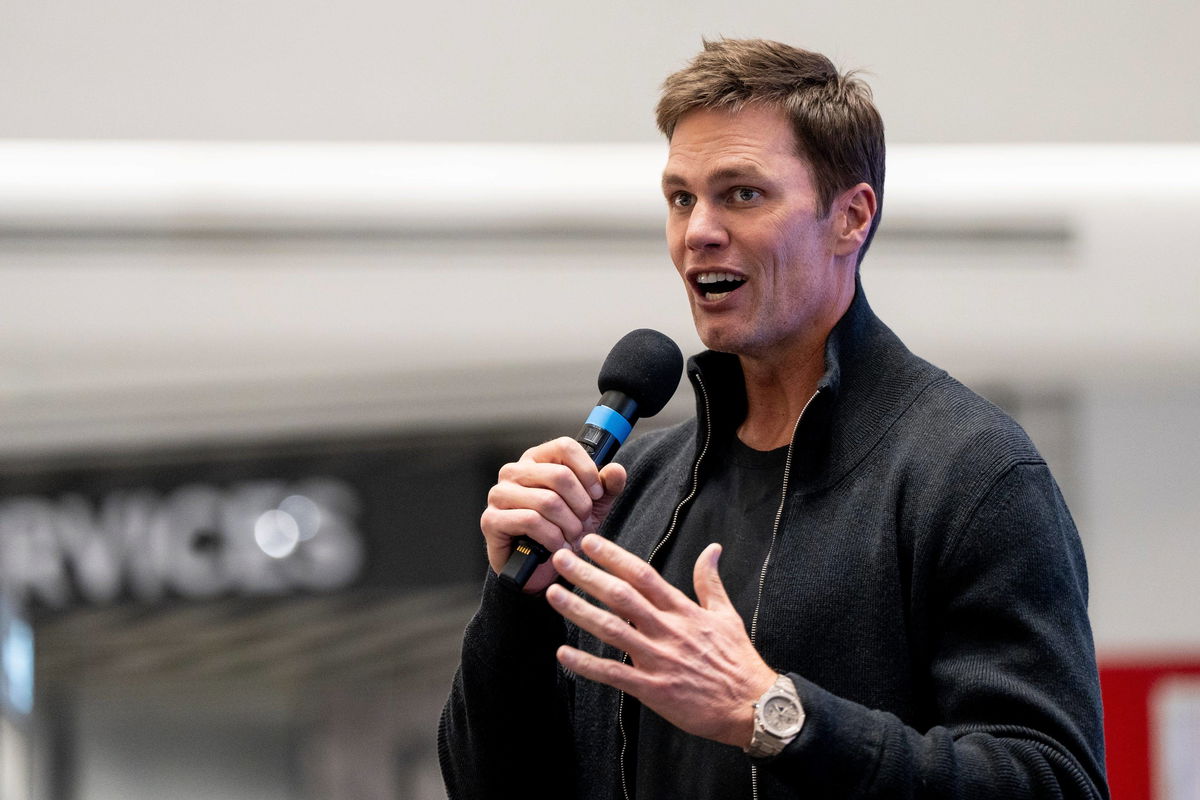
Imago
Syndication: The Record Tom Brady appears at American Dream for the grand opening of Card Vault by Tom Brady, a sports card and memorabilia retailer, East Rutherford, Friday, Apr. 11, 2025. North Jersey , EDITORIAL USE ONLY PUBLICATIONxINxGERxSUIxAUTxONLY Copyright: xAnne-MariexCaruso/NorthJersey.comx USATSI_25906978

Imago
Syndication: The Record Tom Brady appears at American Dream for the grand opening of Card Vault by Tom Brady, a sports card and memorabilia retailer, East Rutherford, Friday, Apr. 11, 2025. North Jersey , EDITORIAL USE ONLY PUBLICATIONxINxGERxSUIxAUTxONLY Copyright: xAnne-MariexCaruso/NorthJersey.comx USATSI_25906978
Tom Brady’s 23-year NFL career looked effortless from the outside – no major injuries, no extended absences, just relentless dominance. But behind the scenes? That’s where the real story begins. Long before he became the GOAT, Brady battled a silent opponent: chronic elbow pain that haunted him from high school baseball through his early NFL days. He tried everything—stretching, strength training, you name it – but the discomfort never fully disappeared. Even during his Patriots dynasty years, when he made ‘injury-proof‘ look easy, that lingering issue followed him like a shadow.
Watch What’s Trending Now!
What’s crazy? You’d never know it watching him play. Brady’s injury reports were famously bland – a few ‘questionable’ tags here and there, but never anything that stopped him from taking the field. In 2021, when his elbow briefly appeared on the report, he brushed it off like it was nothing. The truth is, his durability wasn’t just a matter of luck or genetics. There was a turning point – a secret weapon he discovered after years of frustration. And for the first time, he’s finally ready to talk about it.
For years, fans wondered how Tom Brady played 23 NFL seasons without breaking down. Now, the seven-time Super Bowl champ is revealing his secret – and it’s not just avocado ice cream or early bedtimes. In his July 7 newsletter, Brady opened up about the “pliability treatments” that saved his career, crediting body coach Alex Guerrero for solving the elbow pain that haunted him since high school. “For my first eleven years playing organized sports, I had a very bad elbow,” Brady wrote. “I stretched, lifted weights, tried everything… but none of it really worked.”
ADVERTISEMENT

Imago
New England Patriots quarterback Tom Brady stands on the field after Super Bowl LI at NRG Stadium in Houston on February 5, 2017. The Patriots defeated the Falcons 34-28 in the Super Bowl’s first overtime game. The win was Brady s 5th in seven Super Bowls. PUBLICATIONxINxGERxSUIxAUTxHUNxONLY SBP201702061152 KEVINxDIETSCH
New England Patriots Quarterback Tom Brady Matter ON The Field After Super Bowl left AT NRG Stage in Houston ON February 5 2017 The Patriots defeated The Falcons 34 28 in The Super Bowl s First Overtime Game The Win what Brady s 5th in Seven Super Bowls PUBLICATIONxINxGERxSUIxAUTxHUNxONLY SBP201702061152 KEVINxDIETSCH (Credits: Imago)
The turnaround came when teammate Willie McGinest introduced him to Guerrero in 2004. Within days of starting muscle-lengthening techniques, Brady’s elbow pain vanished – and so did the injuries. “Alex’s pliability protocols were the only reason I was able to play for 23 years, basically pain-free,” he admitted. The methods became so crucial that Brady later brought Guerrero to the Bucs, where at age 44, he led the league in passing with 5,316 yards in 2021.
Now, with stars like Tyrese Haliburton falling to non-contact injuries, Brady’s pushing for change. His solution? “Lengthen and soften the muscles,” he insists – the same fix that kept him throwing lasers into his 40s. All those laser-perfect throws? They came with a hidden cost. For over a decade-long before the Super Bowls and MVP trophies, Brady battled an elbow issue so stubborn that it nearly derailed his career before it truly began.
ADVERTISEMENT
The pain behind the glory: Tom Brady’s 11-year battle
Behind every perfect spiral, Tom Brady lurked a secret struggle – one that had nothing to do with defenses or playcalls. While the world marveled at his durability, Brady was quietly battling chronic shoulder issues that would have sidelined most QBs. It started in December 2002 when a routine hit turned into a first-degree shoulder separation.
ADVERTISEMENT
Then came Miami – always Miami – where another brutal collision upgraded it to second-degree. Most players would have gone under the knife immediately. Not Brady. He gutted through the 2003 season on painkillers, practicing just once a week, and still delivered a Super Bowl victory. The Patriots listed him with a shoulder injury on every injury report from 2004-2010 – sometimes gamesmanship, often reality. In 2011, Miami struck again, leaving Brady with a non-throwing shoulder separation he played through to Super Bowl XLVI.
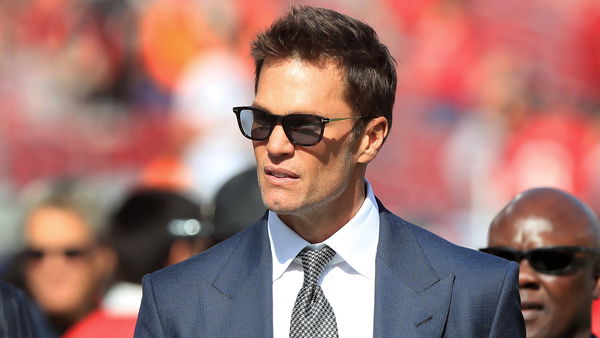
Imago
TAMPA, FL – JANUARY 05: Former Tampa Bay Buccaneers Quarterback and Fox NFL, American Football Herren, USA Analyst Tom Brady leaves the field before the game between the New Orleans Saints and the Tampa Bay Buccaneers on January 05, 2025 at Raymond James Stadium in Tampa, Florida. Photo by Cliff Welch/Icon Sportswire NFL: JAN 05 Saints at Buccaneers EDITORIAL USE ONLY Icon357250105020
“I sincerely hope the questions fans are asking after Haliburton’s injury signal that the status quo has outlived its usefulness,” Brady wrote in his newsletter. He’s now implementing Guerrero’s methods with Birmingham City FC (92% player availability last season) and the Raiders, proving what he learned through years of unnecessary pain, “When you’re healthy and pain-free, you can practice harder and longer, which translates into better performance.”
ADVERTISEMENT
Brady’s shoulder problems revealed a larger pattern. The injuries weren’t isolated incidents, but part of an ongoing struggle that began long before his NFL career. While he managed to play through the pain, these recurring issues pointed to fundamental limitations in traditional training approaches.
Top Stories
Forced to Leave FOX, Cowboys Legend Troy Aikman Says ESPN Is Like ‘U.S. Government’ & Clearly Distinguishes the Two Networks
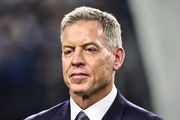
Cam Newton Reveals Exactly Why 32 NFL Teams Blacklisted Him as Panthers Legend Announces Retirement Status

Former Dallas Cowboys QB Offers to Unretire for Colts With Strong Comments on Philip Rivers
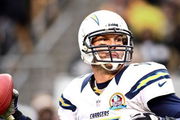
Kansas City Reporter Erupts Against Travis Kelce for Choosing $100 Million Podcast Over Chiefs
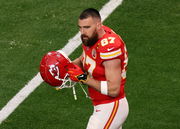
Colin Kaepernick’s Wife Questions NFL Logic After Colts Sign 44-Year-Old QB Philip Rivers Over Kap

His experience demonstrates how conventional methods often fail to address the root causes of sports injuries. The solution Brady found didn’t just help him personally – it suggested new possibilities for athlete care and performance maintenance that could have broader applications.
ADVERTISEMENT
ADVERTISEMENT
ADVERTISEMENT
ADVERTISEMENT

